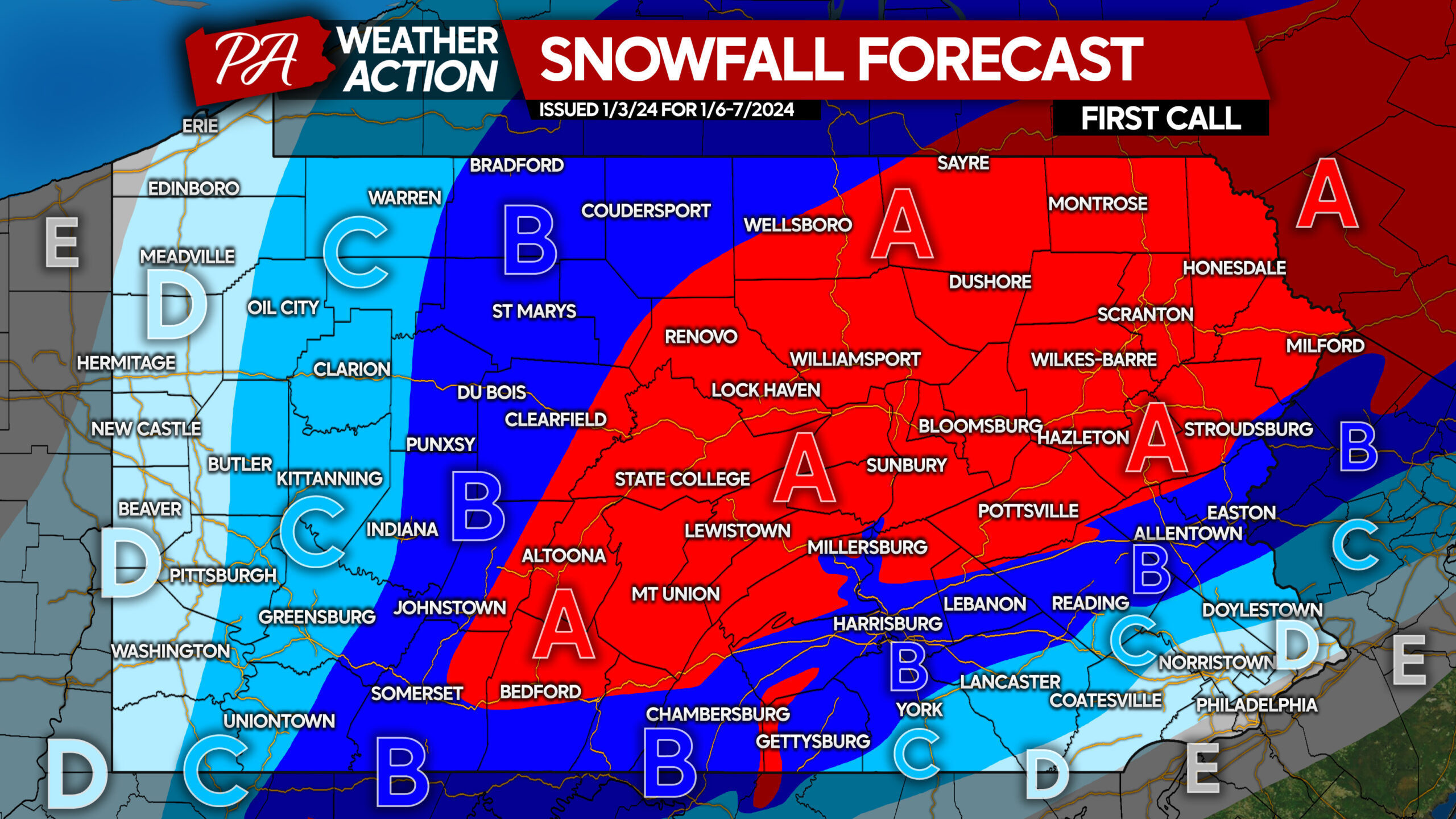Snow Forecast: Your Ultimate Guide To Predicting Snowfall - Moisture levels in the atmosphere are another critical factor. Higher moisture levels increase the likelihood of snowfall, while dry conditions may result in minimal or no snow accumulation. Monitoring moisture levels helps meteorologists refine their predictions. In mountainous regions, snow forecasts are influenced by elevation and terrain. Higher elevations typically receive more snowfall, while valleys may experience less accumulation. Localized weather patterns, such as orographic lift, enhance snowfall in certain areas.
Moisture levels in the atmosphere are another critical factor. Higher moisture levels increase the likelihood of snowfall, while dry conditions may result in minimal or no snow accumulation. Monitoring moisture levels helps meteorologists refine their predictions.
Each model has its strengths and limitations, and meteorologists often compare results from multiple models to improve forecast accuracy.
Weather radar is a powerful tool used in snow forecasting. It detects precipitation in real-time and provides information about the intensity and movement of snowfall. Radar images help meteorologists track storm systems and predict their impact on specific areas.
Transportation and logistics industries depend heavily on snow forecasts to maintain operations during winter. Airlines, railways, and shipping companies use forecast data to adjust schedules, reroute shipments, and ensure the safety of their personnel and passengers.
Stay ahead of the weather with reliable snow forecast data. By understanding how meteorologists predict snowfall and the factors that influence it, you can make better decisions and stay safe during the coldest months of the year.
In urban areas, snow forecasts focus on potential impacts on infrastructure and transportation. Cities often have unique microclimates, which can affect snowfall patterns. Meteorologists tailor their forecasts to address specific concerns, such as road conditions and public safety.

As winter approaches, understanding snow forecast becomes crucial for both outdoor enthusiasts and those planning their daily routines. Snowfall prediction is not just about knowing whether it will snow but also about preparing for its potential impacts on travel, safety, and daily life. In this article, we'll dive deep into the science behind snow forecasting, how it works, and the tools you can use to stay informed.
Satellite imagery offers a broader view of weather patterns across large regions. It helps meteorologists identify developing storm systems and track their progression. Satellite data complements radar information, providing a comprehensive understanding of atmospheric conditions.
Long-term snow forecasts, often referred to as seasonal forecasts, predict snowfall trends over several months. These forecasts consider large-scale climate patterns, such as El Niño and La Niña, to provide a general outlook for the winter season. While less precise than short-term forecasts, they offer valuable insights for long-range planning.
To enhance the accuracy of snow forecasts, meteorologists rely on:
For winter sports enthusiasts, accurate snow forecasts are essential for planning activities. Skiers, snowboarders, and snowmobilers rely on detailed forecasts to find the best conditions for their pursuits. Snow forecasts help ensure a safe and enjoyable experience on the slopes.
Snow forecasting involves analyzing atmospheric conditions, such as temperature, humidity, and wind patterns. Meteorologists use a combination of ground-based observations, satellite data, and computer models to predict snowfall. These models simulate weather patterns and provide forecasts based on historical data and current conditions.